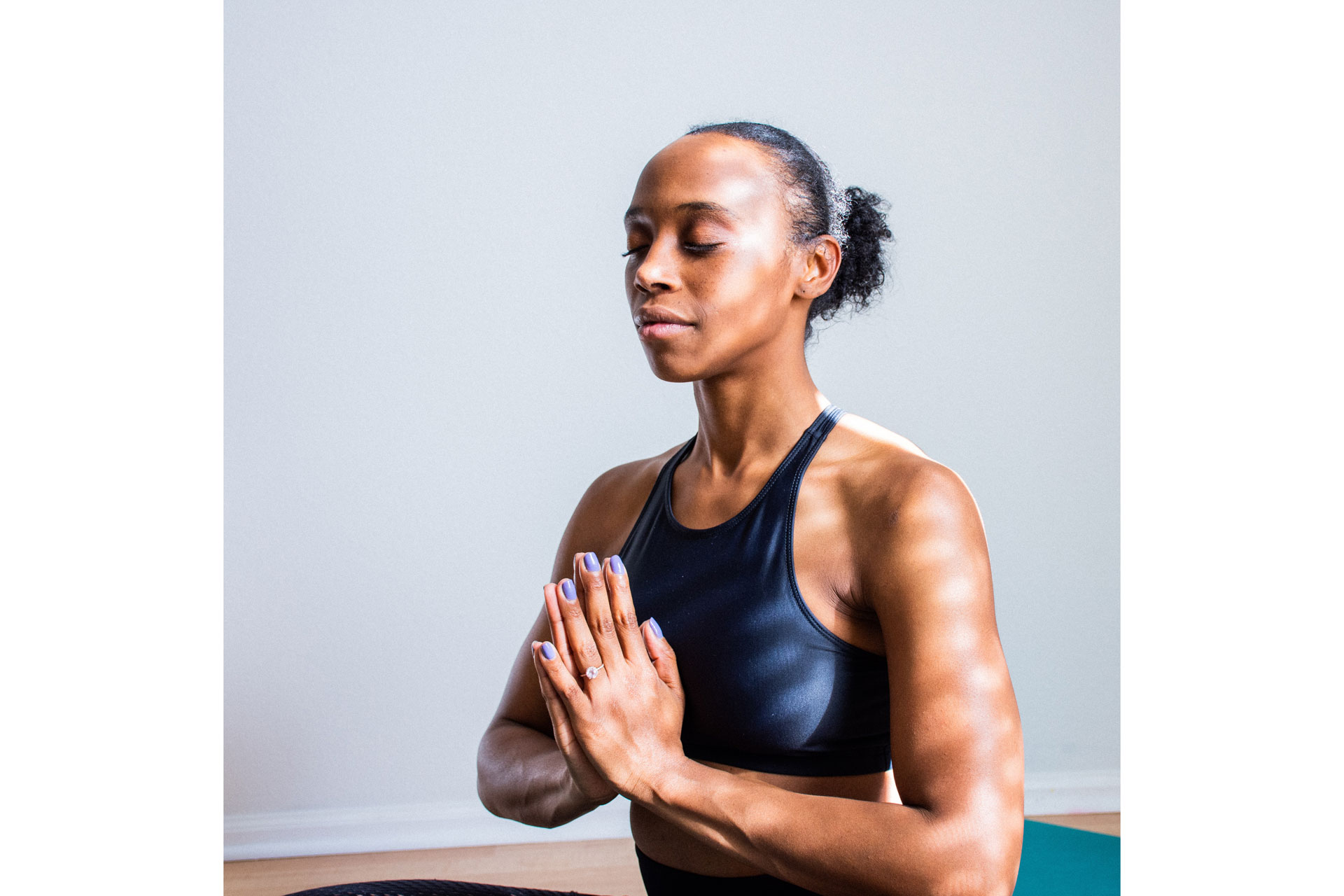Is Breathwork Worth the Hype?
By
3 years ago
With respiratory health on everyone's mind, conscious breathing is in the spotlight

You breathe more than 23,000 times every day, but are you doing it properly? According to studies, 90 per cent of us are breathing incorrectly – and it’s having a negative impact on our health, causing everything from allergies to sleep apnoea. It is, however, possible to retrain our breathing patterns. Enter breathwork: the ancient practice designed to bring physical relaxation and peace of mind using simple breathing techniques.
Breathwork is hardly new; its roots date back thousands of years to Eastern practices like yoga and Buddhism. Yet it has come back into fashion as of late, spurred on by COVID, a disease causing not only global respiratory problems, but widespread anxiety. Alan Dolan, a breath coach and founder of Breathguru, describes breathwork as: ‘A self-healing modality which encourages detoxification of every level of our being: physical, mental, emotional and even spiritual – it’s like rebooting a computer.’ Devotees say it helps with everything from stress reduction to managing depression – but what’s the science behind it?
Clearly, breathing is a pivotal part of our existence: we must all breathe to survive. Yet the quality of our breath is a different ball game entirely. Studies have explored different patterns of breathing, discovering, for instance, a phenomenon called email apnoea, where people unconsciously hold their breath while responding to their morning emails.

Unsplash
When we’re stressed or anxious, our autonomic (involuntary) nervous system is involved. This system has two branches: the sympathetic, responsible for flight-or-fight responses, and the parasympathetic, which is at work during rest and digest states. During high-stress times, the sympathetic side becomes over-active – but breathwork aims to hack into these systems, activating the parasympathetic. This happens, for instance, during diaphragmatic breathing (or deep breathing), which lowers the heart rate and blood pressure – hence why the NHS is now recommending it for stress relief.
This is the kind of breathing Alan teaches through Breathguru. His technique is all about inhaling for longer than exhaling, without pausing between the two. Just ten minutes a day, he says, can produce tangible benefits, such as tackling sleep issues, reducing emotional baggage and even easing respiratory conditions. ‘If we wish to create any kind of positive change on any level of our being, breath is an obvious starting point,’ he says. ‘It can distance us from – and thereby give us a more balanced perspective on – our thoughts, and in creating that distance it means we are no longer enslaved by our mental processes.’
Fancy giving it a go? Below Alan shares a short breathwork practice to try at home.
- Lie down in a comfortable, warm space in a slightly elevated position so your upper chest is higher than your abdomen.
- Place one or both hands over the navel.
- Open your mouth fairly wide, imagine a balloon is in your abdomen and proceed to inflate and deflate the balloon with each inhale and exhale.
- With the inhale through the mouth, inflate the balloon, and with each exhale through the mouth allow the balloon to deflate with a short, soft sigh – like fogging a mirror.
- Make sure you are breathing in a relaxed manner, and that the inhale is longer than the exhale.
- Inflate, let go, inflate, let go, and repeat for five minutes. Then take five minutes to simply relax, allowing the breath to go back to the nose and letting it take care of itself. Stay in your awareness and notice any sensations in the body.
You can also check out Alan’s Breathe Free beginner’s package, which has free online video tutorials and guided audio sessions.
READ MORE:
Best Yoga Studios in London / A Guide to Alternative Wellness in London






